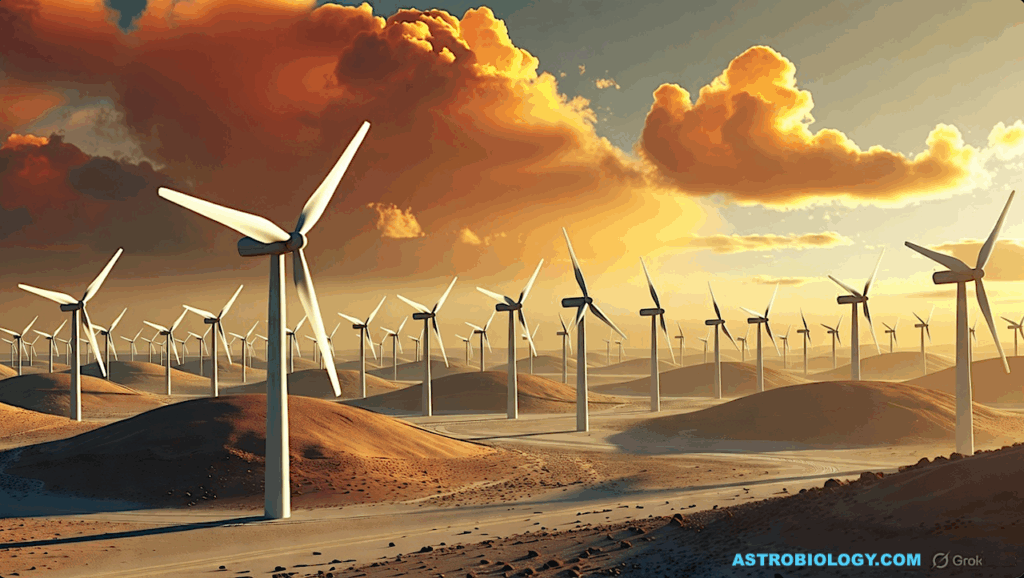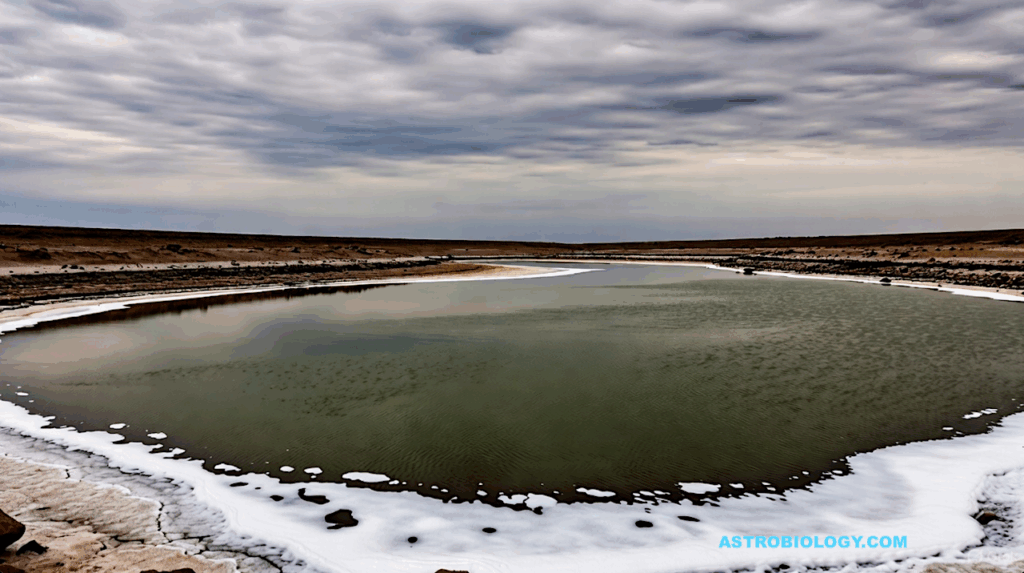Residual Eccentricity Of An Earth-like Planet Orbiting A Red Giant Sun

The late phases of the orbital evolution of an Earth-like planet around a Sun-like star are revisited considering the effect of the density fluctuations associated with convective motions inside the star.
Such fluctuations produce a random perturbation of the stellar outer gravitational field that excites a small residual eccentricity in the orbit of the planet counteracting the effects of tides that tend to circularize the orbit. We compute the power spectrum of the outer gravitational field fluctuations of the star in the quadrupole approximation and study their effects on the orbit of the planet using a perturbative approach.
The residual eccentricity is found to be a stochastic variable showing a Gaussian distribution. Adopting a model of the stellar evolution of our Sun computed with MESA, we find that the Earth will be engulfed close to the tip of the red giant branch evolution phase.
We find a maximum mean value of the residual eccentricity of about 0.026 immediately before the engulfment. Considering an Earth-mass planet with an initial orbital semimajor axis sufficiently large to escape engulfment, we find that the mean value of the residual eccentricity is greater than 0.01 for an initial separation up to about 1.4 au. The engulfment of the Earth by the red giant Sun is found to be a stochastic process, in contrast to the deterministic character assumed in previous studies.
If an Earth-like planet escapes engulfment, its orbit around its remnant white dwarf star will be moderately eccentric. Such a residual eccentricity on the order of a few hundredths can play a relevant role in sustaining the pollution of the white dwarf atmosphere by asteroids and comets as observed in several objects.
A. F. Lanza (INAF-Catania, Italy), Y. Lebreton (Observatoire de Paris and Université de Rennes, France), C. Sallard (Université Clermont-Auvergne, France)
Comments: 18 pages, 6 figures, 3 appendixes, accepted by Astronomy & Astrophysics
Subjects: Earth and Planetary Astrophysics (astro-ph.EP); Solar and Stellar Astrophysics (astro-ph.SR)
Cite as: arXiv:2304.07808 [astro-ph.EP] (or arXiv:2304.07808v1 [astro-ph.EP] for this version)
Submission history
From: Antonino Francesco Lanza
[v1] Sun, 16 Apr 2023 15:23:46 UTC (1,226 KB)
https://arxiv.org/abs/2304.07808
Astrobiology








